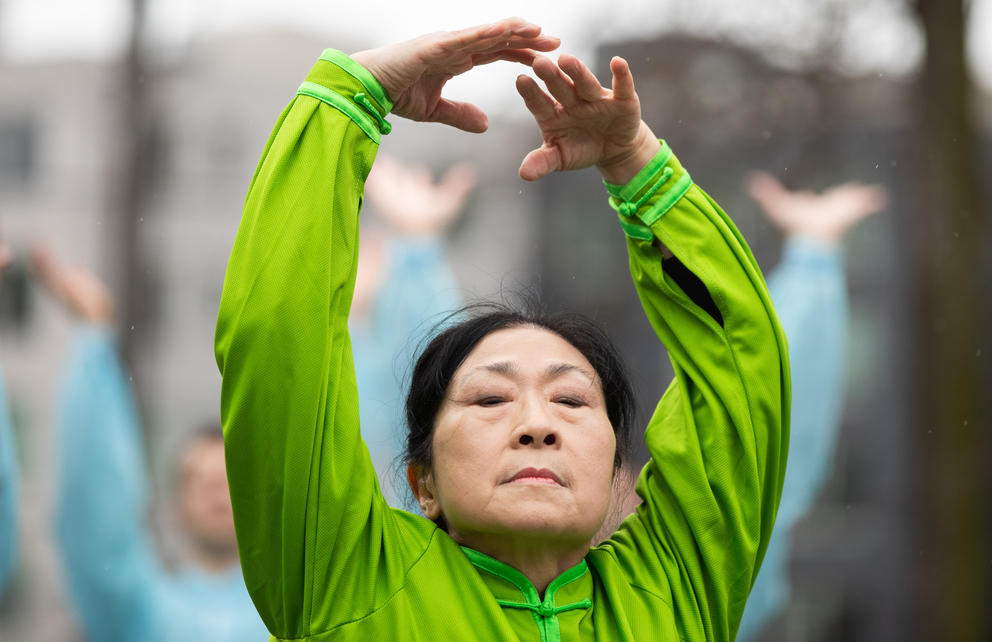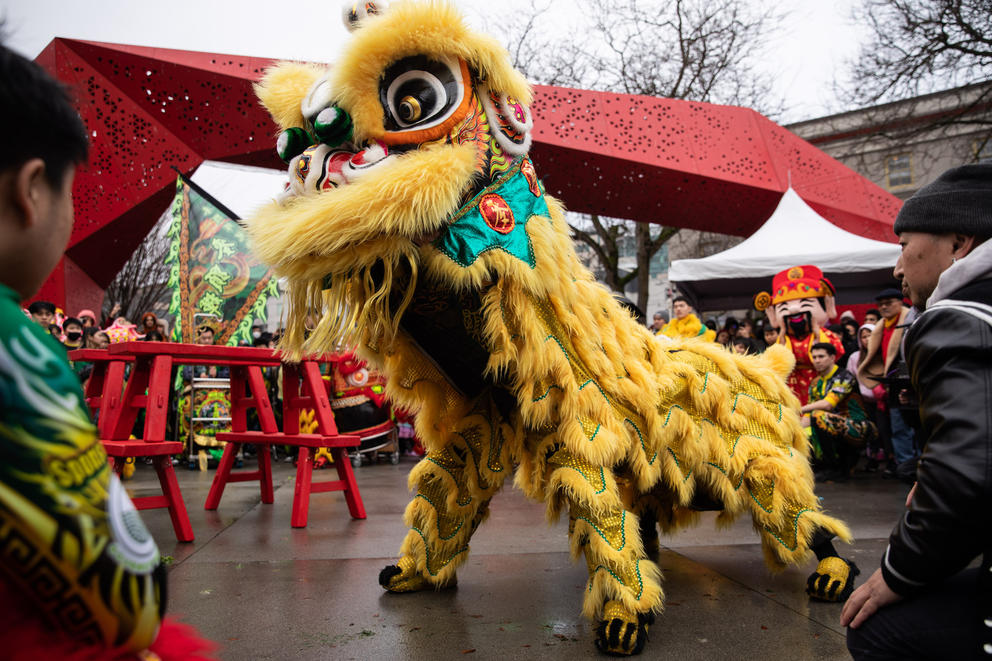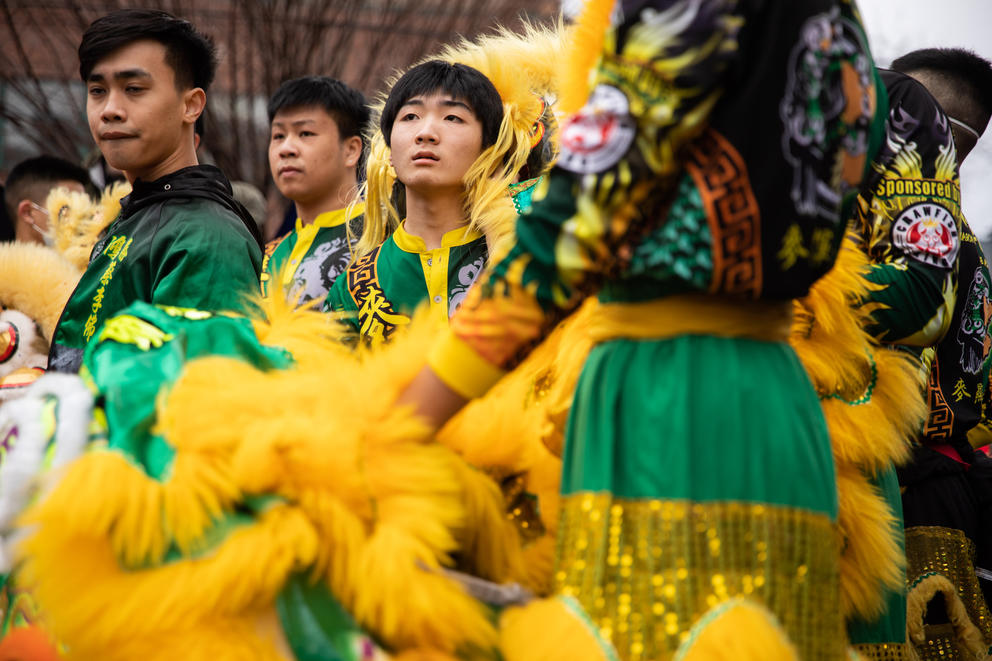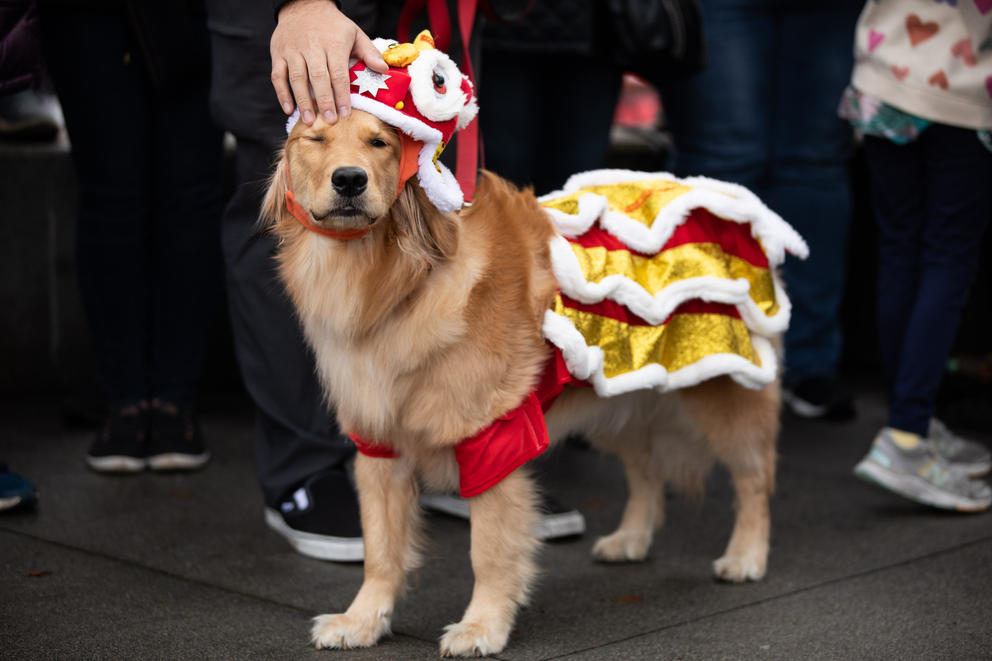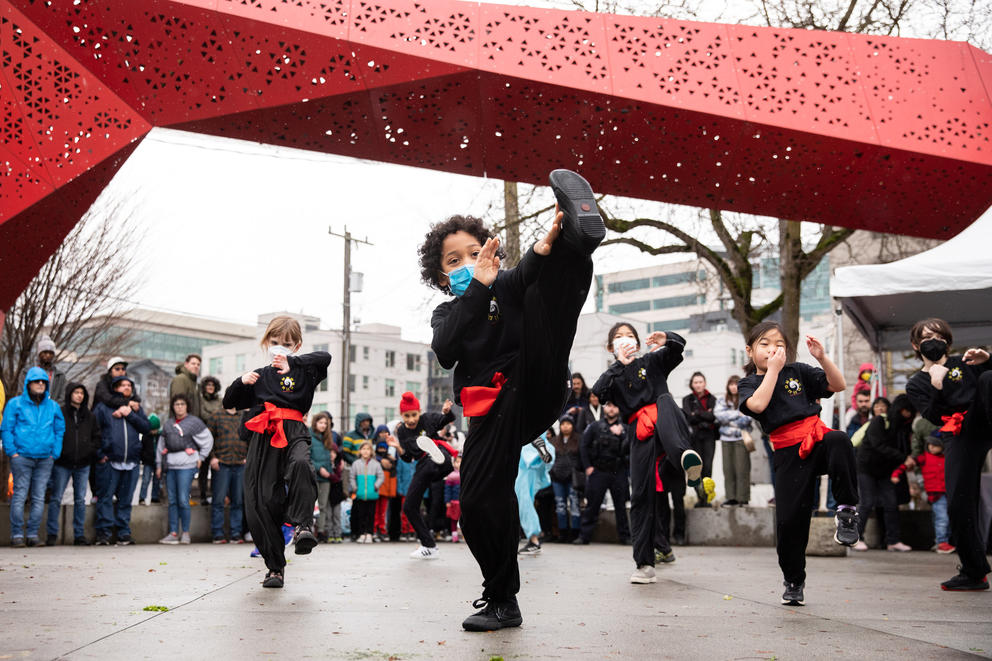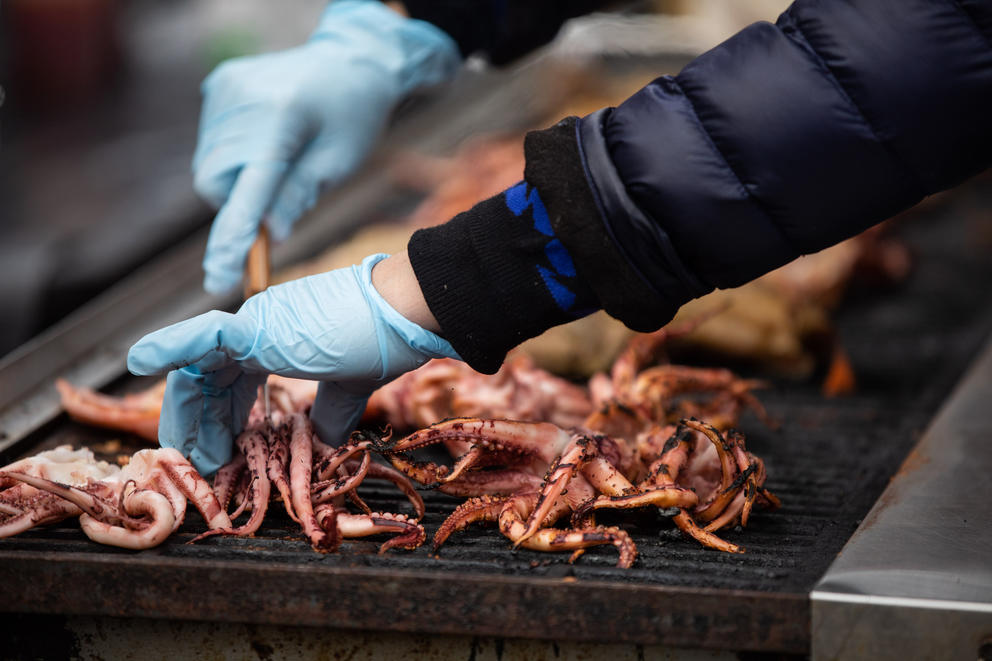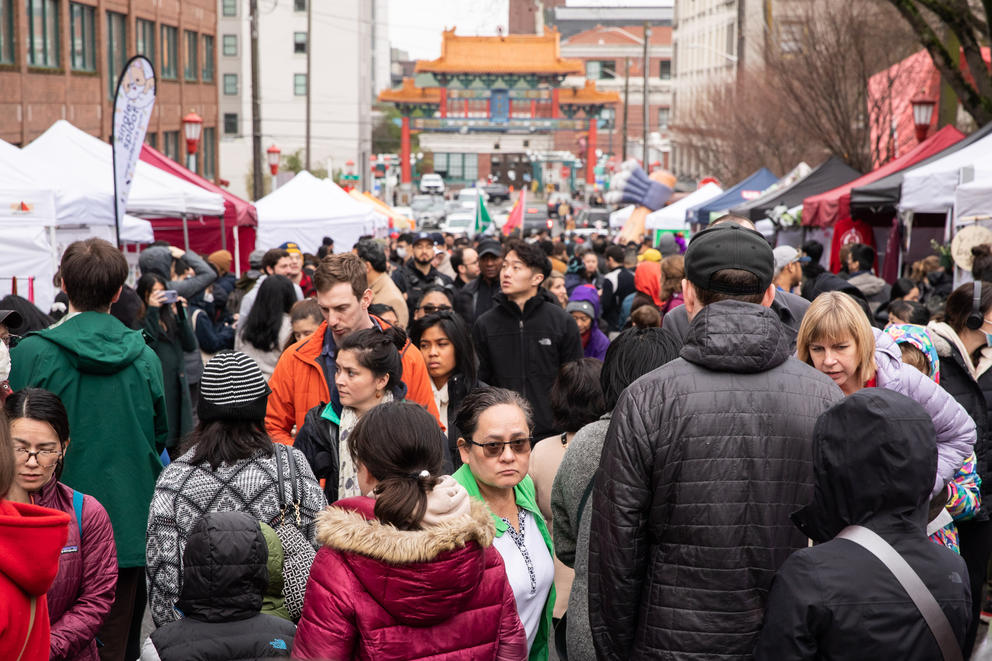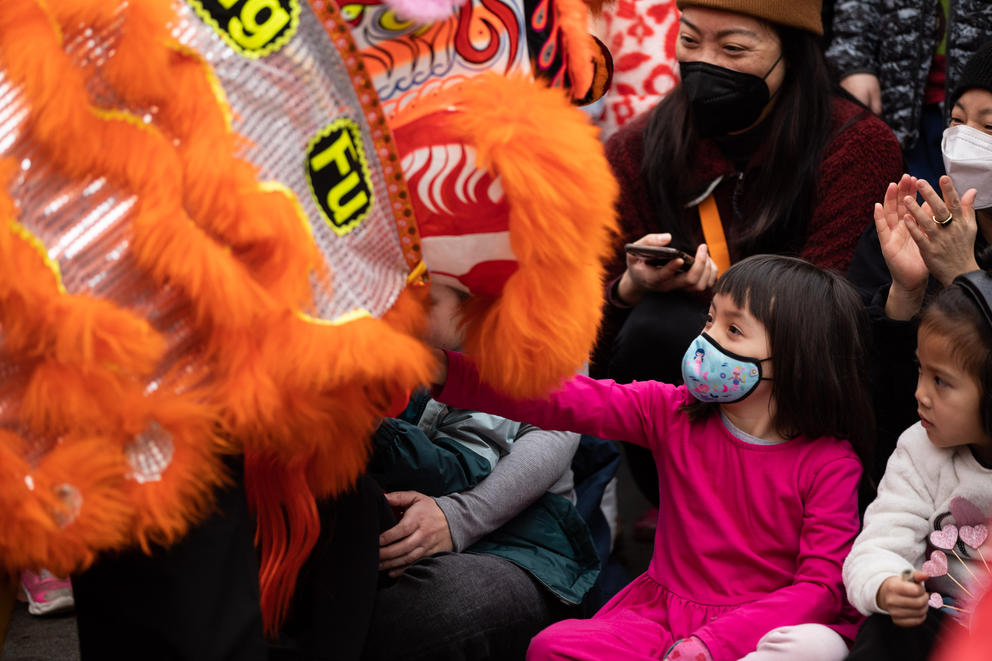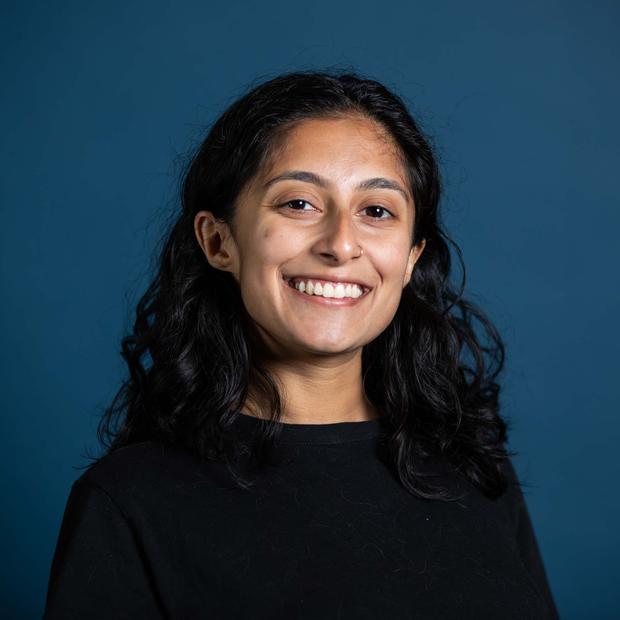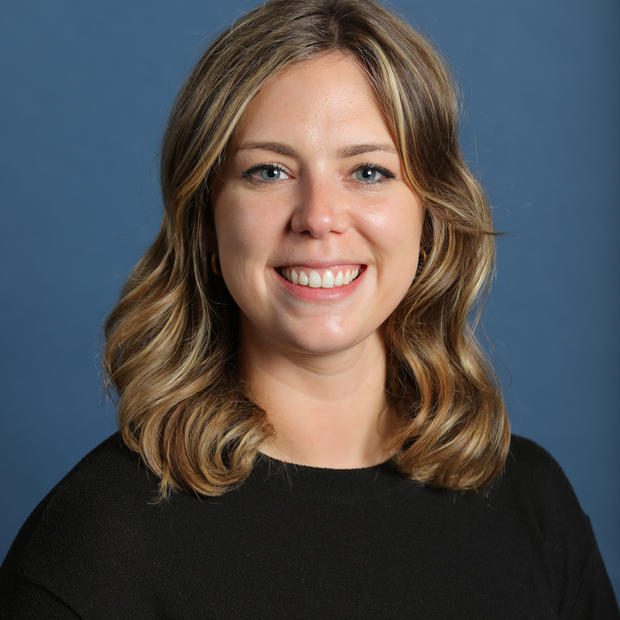The group excitedly awaited the lion dance procession that would kick off the annual Lunar New Year celebration. Adults hoisted young children onto their shoulders, hopeful it would award them a better view of the ceremony.
As the drums grew louder, the crowd watched brilliant, multicolored lion and dragon mascots dance past vendors on South King Street, animated by the decisive movements of their operators, and into the park.
The lion dance, meant to reap good fortune, was the first of several performances in a ceremony dedicated to the end of the multiday Lunar New Year celebration that ushered in the Year of the Rabbit. This year’s holiday fell on Jan. 22, signaling a transition into spring for many countries in Asia – including China, Indonesia, Malaysia and the Philippines. Cultures differ on how long they observe the holiday; China’s celebration lasts 15 days.
“We like to make our event kind of the end of that season,” said Monisha Singh, executive director of the Chinatown-International District Business Improvement Area, which hosted the celebration. “So there’s like one last hurrah to celebrate the event.”
The event brought to a close a difficult new year for many Asian-Americans, who started the season amid reports of a mass shooting at a Lunar New Year celebration in Monterey Park, California. A second shooting days later ended in the deaths of several Asian and Hispanic Americans.
“We witnessed something in recent days in this country that should never happen in this country, should never happen in the world,” Mayor Bruce Harrell said to the crowd. “You know what I’m talking about: witnessing someone murdered, for no reason.”
The ceremony otherwise remained jovial as people bustled about in the neighborhood. Some attendees watched martial arts and Korean pop dance performances in the park, while others perused nearby vendor tents.
For one performer, the Lunar New Year represents family, a lot of food and a little bit of trepidation.
“There’s a lot of tradition involved, like having to clean and to celebrate and to get everything in place so you could have that big family dinner,” said Tanya Woo, a community leader who performed Chinese classical dance at the celebration. “I have, like, 20 aunts and uncles and 30 cousins and we all get together in one house to celebrate.”
Lunar New Year celebrations can include a number of different traditions, including family reunions; the cleaning of homes before the holiday to get rid of bad luck; eating foods that symbolize prosperity; and giving money to others.
Stephen Lu checked out the Chinatown-International District’s festivities with his son before heading home for desserts and games to celebrate the holiday. Lu, who grew up in a village in China and has lived in Seattle since the 1980s, wasn’t deterred from attending the public celebration despite recent national tragedies, making him just one of many who turned out in honor of the Lunar New Year.
To Woo, this speaks to the character of the community.
“I think our community has a lot of resilience,” she said, adding people turn to communities when things happen outside of their control. “Being able to come together in community and share space and food and performances and excitement is really important and part of the core of resiliency.”
This photo essay is the final installment of a series on holiday celebrations.


